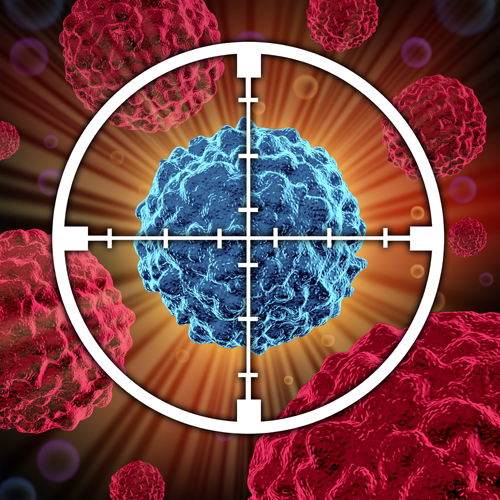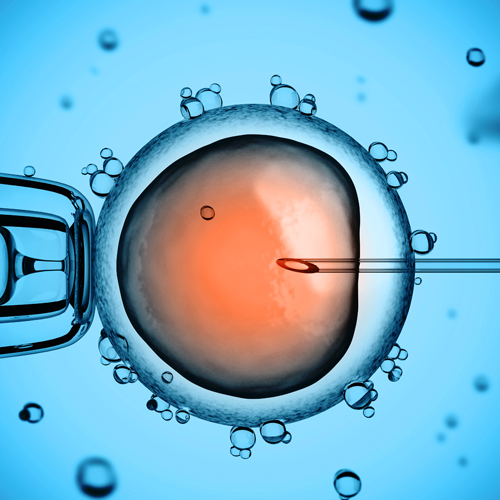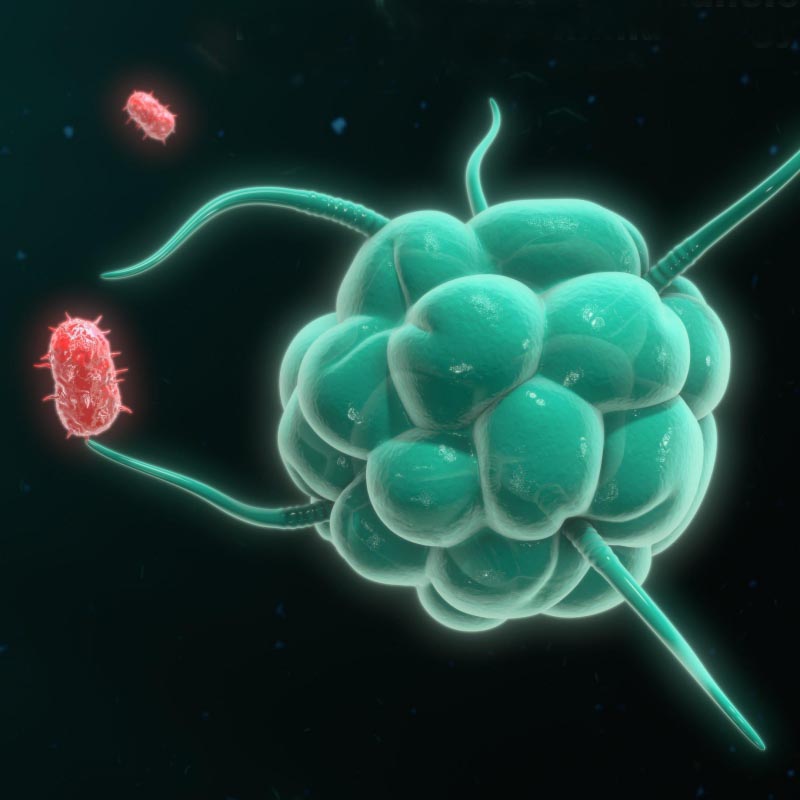Patrick Giguère
Substances addressing the opioid receptor system are widely used pharmaceuticals for treatment of chronic pain and addictive disorders. Given the difficulties associated with opioid therapy (overdose, tolerance, addiction, respiratory depression and constipation) there is a need for safer narcotic analgesics. Dr. Giguère's research program seeks to use pharmacological, biochemical and structural approaches to develop a new level of understanding of opioid receptor molecular recognition, pharmacological and functional selectivity, drug screening and design of novel functionally selective allosteric modulators of the opioid receptors and GPCR's enhanced tool box by the development of a novel synthetic biology platform and cell-based assay.
The ultimate objective of his research is to generate distinct therapeutics that will uniquely modify their pharmacology in a medically meaningful way increasing their therapeutic efficacy with reduced harmful side effects.






